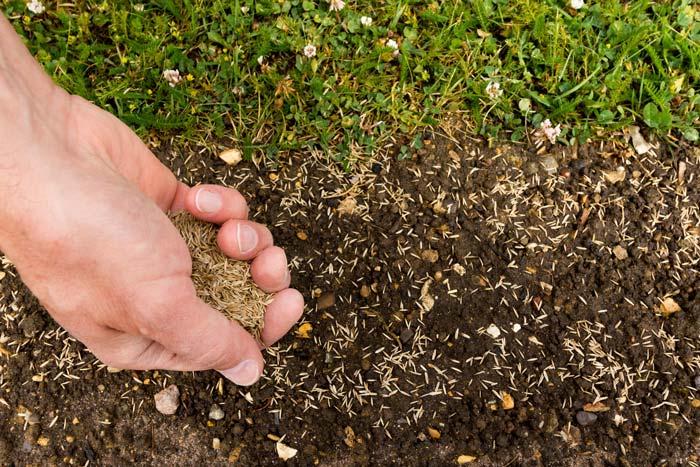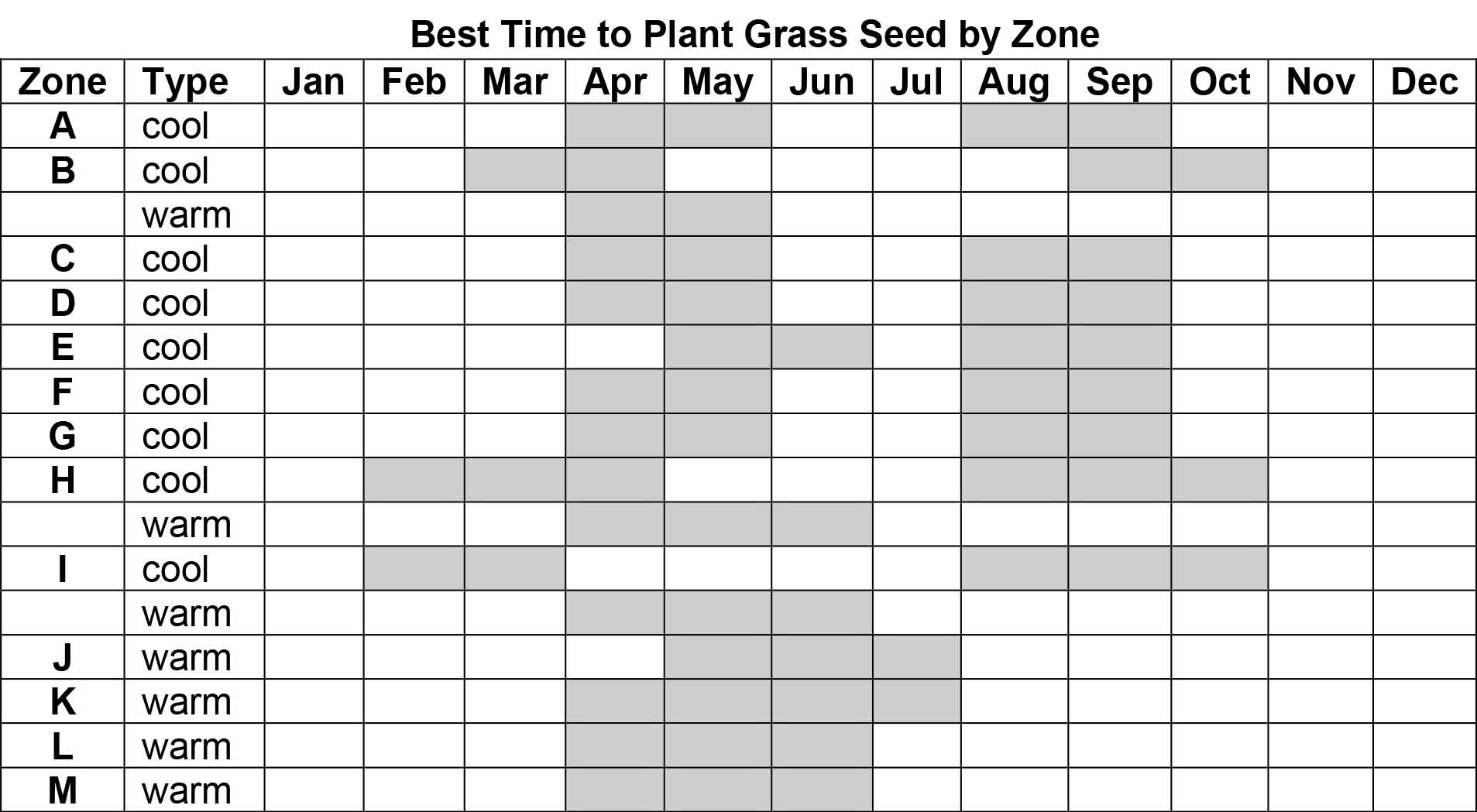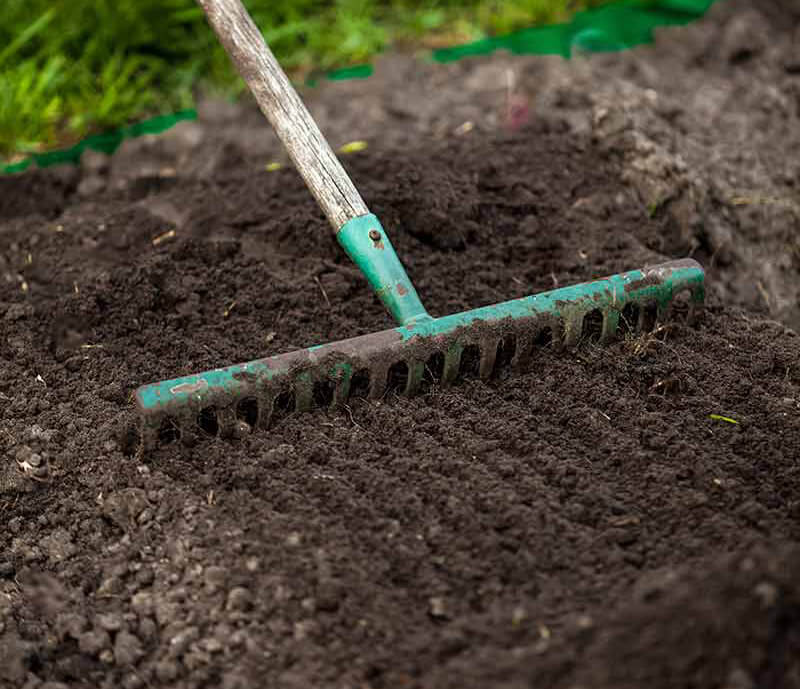As an Amazon Associate, I earn from qualifying purchases.
Put grass seed down in the fall between mid-August and mid-September. This timing ensures optimal growth and root development.
Fall is the best time for seeding your lawn due to cooler temperatures and increased rainfall. These conditions provide the ideal environment for grass seeds to germinate and establish strong roots before winter. Starting the seeding process in mid-August allows the grass to grow and mature before the first frost.
Proper timing ensures a lush, healthy lawn in the spring. Preparing the soil, choosing the right grass seed, and maintaining the correct watering schedule are crucial steps. By following these guidelines, you can achieve a vibrant, green lawn that enhances your outdoor space.
Importance Of Fall Seeding
Fall seeding helps grass grow strong roots. The soil is still warm. This makes it easy for seeds to sprout. Weeds are less active in the fall. This gives grass seeds a better chance to grow. There is also more rain in the fall. This helps keep the soil moist. Cooler temperatures are better for grass growth. Fall seeding leads to a lush, green lawn in the spring.
Seeding in the summer can be tough. The heat dries out the soil. This makes it hard for seeds to grow. Winter seeding is not good either. The cold can kill the seeds. In the spring, weeds grow fast. They take away nutrients from grass seeds. Fall is the best time for seeding. Other seasons have too many problems.

Credit: www.greenacelawncare.com
Ideal Conditions For Seeding
Soil temperature is crucial for grass seed germination. The ideal soil temperature is between 50°F and 65°F. Grass seeds will not sprout well if it’s too cold. Use a soil thermometer to check the temperature. Planting too early or too late can affect growth.
Proper moisture levels are necessary for seed germination. The soil should be consistently moist but not waterlogged. Water the soil lightly and frequently. This ensures that the seeds have enough moisture to sprout. Avoid overwatering to prevent root rot.
Best Timeframes For Different Regions
Plant grass seed in the fall for optimal growth. Northern regions benefit from seeding in late August to mid-September. Southern regions should aim for late September to early October.
Northern Climates
In northern climates, the best time to seed is early fall. Late August to mid-September is ideal. This period allows grass to establish before winter. Cooler temperatures and occasional rain help seeds germinate. Avoid seeding too late in fall. Grass won’t have enough time to grow strong roots.
Southern Climates
For southern climates, the best time is from late September to early October. Warm soil helps seeds sprout faster. Fall rains also aid in germination. Avoid seeding during the hottest months. Grass may struggle to establish in extreme heat. Planting in early fall ensures a healthy lawn by spring.
Preparation Steps
Testing your soil helps you know its pH level. Proper pH levels support grass growth. Soil testing kits are available at garden stores. Follow the instructions on the kit. Collect soil samples from different areas. Mix them well before testing. This ensures accurate results. Adjust the pH if needed. Use lime to raise the pH. Use sulfur to lower it.
Weeds compete with grass for nutrients. Remove them before planting grass seed. Pre-emergent herbicides prevent new weeds from sprouting. Apply them a few weeks before seeding. Post-emergent herbicides kill existing weeds. Apply them directly to the weeds. Always follow the instructions on the herbicide label. Be careful not to harm your grass.
Choosing The Right Grass Seed
Cool-season grasses grow best in the fall. These grasses include Kentucky bluegrass, fescue, and ryegrass. They thrive in cooler temperatures. Planting them in fall helps roots grow strong. The soil is still warm from summer. This helps seeds to germinate quickly. Cool-season grasses also need less water. This makes them easier to maintain.
Warm-season grasses do not grow well in fall. These grasses include Bermuda, zoysia, and centipede grass. They grow best in late spring and early summer. Planting in fall may result in poor growth. Warm-season grasses need more heat to germinate. Fall temperatures are too cool for these seeds. It is best to wait until warmer months for planting.

Credit: www.pennington.com
Seeding Techniques
Broadcast seeding is a simple method. Spread the seeds evenly across the soil. Use a spreader for better results. Make sure the seeds are evenly distributed. Lightly rake the soil to cover the seeds. Water the area gently after seeding. This helps the seeds settle into the soil.
Drill seeding involves using a seed drill machine. This machine places seeds directly into the soil. It creates small rows for the seeds. The method ensures even seed distribution. It also provides good soil contact. Drill seeding often results in better germination. It is ideal for large areas.
Post-seeding Care
Water the seeds daily. Keep the soil moist, not soaked. Morning is the best time to water. Avoid watering at night to prevent diseases. Use a gentle spray to avoid washing away seeds. Continue watering for 2-3 weeks until seeds sprout.
Apply a starter fertilizer when you seed. Choose one with high phosphorus. This nutrient helps roots grow strong. After 4-6 weeks, apply a balanced fertilizer. Follow the instructions on the package. Avoid over-fertilizing, as it can burn the new grass.
Common Mistakes To Avoid
Avoid sowing grass seed too early in the fall, as hot weather can hinder germination. Waiting too late can expose seedlings to frost damage, resulting in poor growth. Optimal timing is crucial for a lush, healthy lawn.
Overseeding Issues
Overseeding too early can lead to weak grass growth. Seeds might not get enough water. Planting too late can be a problem too. The seeds may not grow before winter comes. Timing is very important for overseeding. Choose the right time to get the best results.
Ignoring Weather Patterns
Weather patterns play a crucial role in grass growth. Planting seeds during dry spells can be harmful. Young seeds need regular water. Heavy rains can wash away seeds. Always check the weather forecast before planting. Proper timing ensures strong and healthy grass.
:max_bytes(150000):strip_icc()/how-to-plant-grass-seed-7372347-hero-dc29c996a85e446b9524347e4c789cf7.jpg)
Credit: www.thespruce.com
Frequently Asked Questions
When Is The Best Time To Plant Grass Seed In Fall?
The best time to plant grass seed in the fall is early to mid-September. This period provides optimal temperatures and moisture levels for seed germination and growth.
Can You Overseed Your Lawn In Fall?
Yes, fall is an ideal time for overseeding your lawn. The cooler temperatures and increased rainfall help seeds establish quickly, improving lawn density and health.
What Temperature Is Ideal For Seeding Grass In Fall?
The ideal temperature for seeding grass in fall is between 60-75°F. This range ensures faster germination and robust root development before winter.
How Do You Prepare Your Lawn For Fall Seeding?
To prepare your lawn for fall seeding, first, remove debris and mow the grass. Then, aerate the soil to improve seed-to-soil contact and enhance water absorption.
Conclusion
Planting grass seed in the fall ensures strong root growth. Choose early autumn for optimal results. Prepare the soil well. Water consistently. Follow these steps for a lush, green lawn come spring. By timing it right, your lawn will thrive and be the envy of the neighborhood.
Happy planting!

